Apple recently announced its latest Apple Watch models. Every time this happens, one question arises: which model should you get? The Ultra 2 is considered more of an outdoor watch than the Series 9 watch, which is more of a day-to-day watch. But which Apple Watch you go with will depend on your tech needs and how much you’re willing to pay. Let’s see the differences between these two watches to see which is right for you.
Related Reading
- How to Open Control Center on Apple Watch
- How to Find Your Apple Watch Using Your iPhone
- What Watches Are Compatible With WatchOS 10
- How to Use the Mental Health App with Your Apple Watch
- How to Beat Apple Watch Fitness Tracking Limitations
Contents
Differences Between Series 9 and Ultra 2 Apple Watches
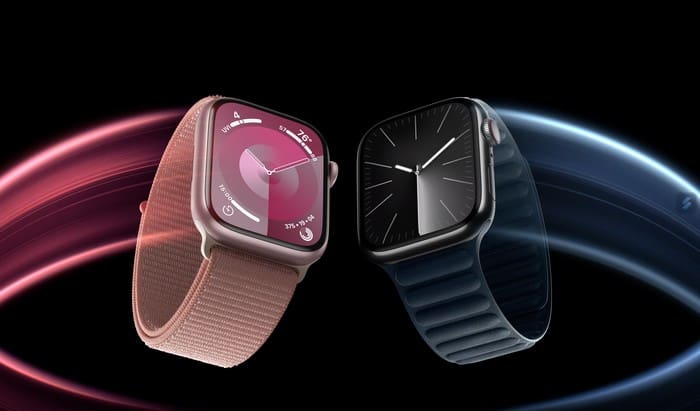
Even before you read the specs of the two watches, you looked at the price. The Apple Watch Ultra 2 is priced at $799, while the Series 9 has two prices since there are two sizes to consider. The 41mm model costs $399, and the 45mm model costs $429. But you’ll need to add an extra hundred to add GPS. If you want stainless steel, that will also increase the price to $699 for the 41mm Series 9 and $749 if you want to get the 45mm model.
Differences in Display: Ultra 2 Vs. Series 9
If you want the Apple Watch with the brightest display, the Ultra 2 watch wins. It has a peak brightness of 3,000 nits with an always-on Retina LTPO OLED 1.9-inch display with a 502 x 410 pixels resolution. In contrast, the Series 9 watch has a peak of 2,000 nits for brightness. One watch beats the other in brightness and resolution, but both models can dim as low as one nit.
The Ultra 2 Night Mode is activated automatically in the dark. It also has the new Modular Ultra face that shows you depth, altitudes, and seconds in real time—something you won’t find on the S9 Series.
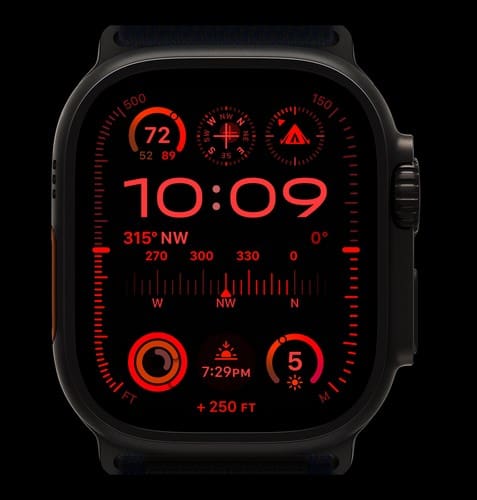
Battery Life Differences
The longer a device lasts, the better, but it all comes down to how many more hours one model prevails over the other. The Apple Watch Ultra 2 will last 36 hours for regular use, but if you use lower power settings, the time increases to 72 hours. The Series 9 Apple Watch offers an 18-hour battery life and 36 hours in Lower Power Mode. So, if you’re not going to spend days on end in the wilderness, the Series 9 Apple watch is a good choice and not as expensive. Both models use a USB-C magnetic fast-charging cable.
Difference in Features
Both models come with the S9 SiP chip, but when it comes to water resistance, the Ultra 2 wins since it is water resistant up to 100 meters, while the Series 9 is only water resistant up to 50 meters.
Both Apple Watches feature SOS features such as Emergency SOS, International Calling, and Fall Detection and Crash Detection, but with the difference that the Ultra 2 has an 86-decibel siren, which is great if you need help and are unable to speak.
They differ because the Series 9 has GPS while the Ultra 2 has Precision dual-frequency GPS. The difference between the two is that with GPS, you get accuracies up to five meters, but with dual-frequency GPS, the accuracies are on a centimeter level. Also, GPS can only receive signals transmitted on an L1 frequency band, but dual-frequency GPS can get signals from L1 and L5 frequency bands.
Regarding controls, both watches share features such as Double tap, faster access to health data, a Digital Crown with Haptic feedback, and a side button. But the Ultra 2 adds one more by having a customizable action button, something you won’t find on the Series 9 watch.
The Ultra 2 also has a depth gauge and water temperature sensor, depth app, and dive computer app, which the Series 9 watches don’t have.
The Ultra 2 comes with Tested to MIL-STD 810H, a military standard of testing for how well it resists environmental conditions. It makes sense that the Ultra has it since it is considered more for the outdoors.
You can only get the Ultra 2 in the GPS + Cellular model, while the Series 9 comes in GPS + Cellular and GPS-only models.
Differences in Material
If you like to switch between watch bands, you won’t be able to do that with the Ultra 2 since you only have one to choose from. The Series 9 comes in Aluminum and Stainless Steel, while the Ultra only comes in Titanium.
The Series 9 comprises a 100% recycled stainless steel or aluminum case with a thick frontal cristal. It’s crack-resistant and features a Sapphire front crystal.
With the Ultra 2, you get a 95% recycled aerospace-grade Titanium watch. It’s corrosion-resistant and was made for the rugged outdoors.
You also get more colors with the Series 9. You can choose from colors such as:
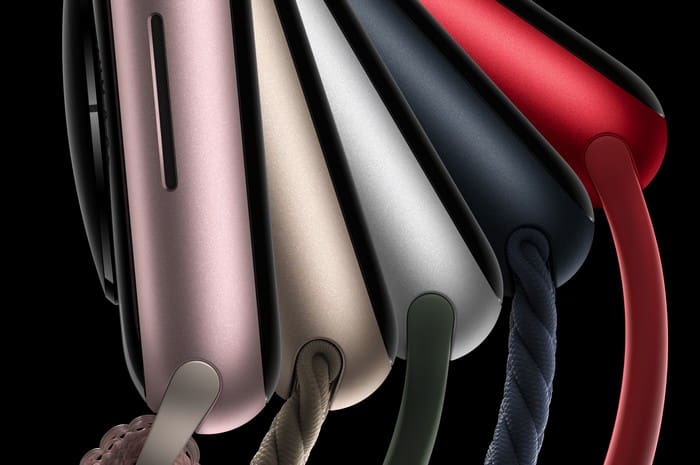
- Midnight
- Starlight
- Silver
- Pink
- Product Red
These are the available colors for the Aluminum model. For the Stainless Steel model, you can choose from colors such as:
- Graphite (PVD)
- Silver
- Gold (PVD)
The Apple Watch Ultra 2 is only available in Titanium Natural.
The two watches share many features, but seeing their differences helps you decide which model is best for you. There are some features you can live without and may or may not be worth the extra money. Apple fans will find the Roadside Assistance via satellite helpful on their iPhones.
Conclusion
There are several differences between the Apple Watch Series 9 and the Ultra 2. But those differences may not be worth the difference in the price. The extra depth and the siren may not be worth the additional $400 for the Ultra 2 model. But, since it is made to last longer, some users may get it anyway. Whether you get the Series 9 or the Ultra 2 will depend on whether you will use it for everyday day-to-day use or your regular trips to the great outdoors. Which Apple Watch sounds more appealing to you? Share your thoughts in the comments below, and don’t forget to share the article with others on social media.
I am a tech geek who loves technology. I have been writing about tech for over a decade, covering various devices and programs. I write about the latest Apple products and services and never go far without my Apple devices. I always stay updated on the latest gadgets, upgrades, features, and news. I aim to make complicated tech information easy for everyone to read. I’ve been with TechniPages from the beginning to help others fix their tech issues with the easy-to-follow guides.


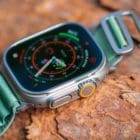

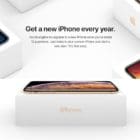

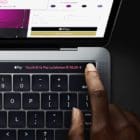

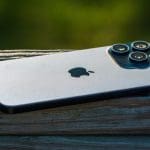
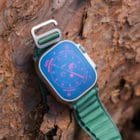
Write a Comment